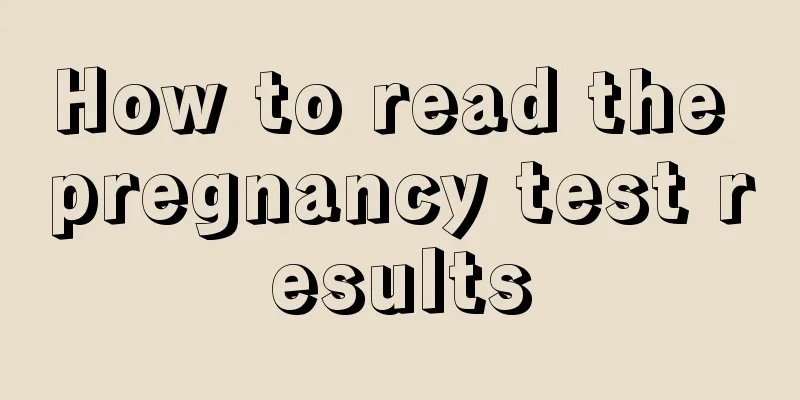3 tips to get rid of the "phlegm" devil and keep your "lung baby" fresh

|
Author: Li Xin Shenzhen Longgang District Third People's Hospital Reviewer: Zhou Xiuhong, Chief Nurse, Shenzhen Longgang District Third People's Hospital Are you still troubled by repeated coughing, thick sputum, and difficulty coughing it out? Learn these three active breathing cycle techniques, which can help you expectorate easily at any time and any place! First, choose a safe and stable position, such as sitting or lying, with a backrest to relax the lumbar spine, cervical spine and shoulders. Then learn the three movements of breathing control, chest expansion exercise and forced exhalation technique in turn. Figure 1 Copyright image, no permission to reprint The first step: breathing control (BC) Operation method: Breathing control is achieved through abdominal breathing. We should stay relaxed, place one hand flat on the chest and the other hand on the abdomen to feel the changes in the bulge and inward movement of the abdomen. Take a deep breath through the nose, and the abdomen will bulge when inhaling; exhale slowly through the mouth, and the lips will whistle when exhaling, and the abdomen will inward. Control the inhalation-exhalation ratio to 1:2-1:4, that is, inhale for 1 second and exhale for 2-4 seconds. Perform this step 3-5 times. Figure 2 Copyright image, no permission to reprint Tip 2: Thoracic expansion exercises (TEE) How to operate: Place one hand on the chest and take a deep breath, that is, take a deep breath actively and exhale passively like a sigh. You can feel the chest expanding when you inhale. After inhaling through the nose, hold your breath for 3 seconds at the end of the inhalation, and then exhale slowly through the mouth. Repeat this step 3 to 5 times. Figure 3 Copyright image, no permission to reprint The third trick: forced expiration technique (FET) How to do it: When we do this step, we should do BC first, and then do a hard exhale (Huff). BC is achieved through abdominal breathing, which increases respiratory ventilation, increases arterial oxygen partial pressure, improves ventilation function, and paves the way for the subsequent exhalation. Every time you do BC, you can do a hard exhalation, that is, an exhalation interspersed with BC. Exhalation is a fast exhalation without maximum effort, requiring the glottis to be open. Now we will introduce two different levels of exhalation, and you can choose according to your own situation: ① After a moderate-intensity inhalation, do a longer and lower exhalation, which is conducive to clearing secretions from the peripheral airways (i.e., the airways from the mouth and nasal cavity to the lungs); ② After a deep inhalation, do a shorter and louder exhalation, which is conducive to clearing secretions from larger proximal airways (i.e., the carina and distal trachea). Repeat this step 2 to 3 times in a row. It is especially important to note that you should not exhale too forcefully, so as not to induce bronchospasm, which will be detrimental to the discharge of peripheral secretions. Exhaling too briefly will not achieve the desired effect due to premature closure of the airway. Figure 4 Copyright image, no permission to reprint In summary, active breathing cycle technology can widely guide patients, and the program is flexible. The training order and number of the three steps in the program are not fixed and can be flexibly adjusted according to the patient's condition, but each step is indispensable. Three main usage schemes are recommended: ①A scheme, BC-TEE-BC-FET (Huff + BC); ②B scheme, BC-TEE-BC-FET (Huff)-FET (Huff + BC); ③C scheme, BC-TEE-BC-TEE-BC-FET (Huff + BC)-FET (Huff + BC). Among them, A scheme is suitable for patients with high mucus secretion but no airway hyperresponsiveness, atelectasis or airway obstruction, B scheme is suitable for patients with bronchospasm, and C scheme is suitable for patients with airway obstruction, atelectasis and some reactive airway diseases. Figure 5 Copyright image, no permission to reprint When practicing these 3 techniques, please be patient, adjust your mindset, and fully realize that this technique is not achieved overnight. I believe that by constantly practicing active breathing cycle techniques, you will be able to drive away the "phlegm" demon and keep your "lungs" fresh! Figure 6 Copyrighted images are not authorized for reproduction |
<<: "Hernia" should be "hernia" at the end. Let's talk about the "hernia" that you care about
>>: Start with "feet" - prevention of diabetic foot
Recommend
What are the reactions before giving birth?
When women are about to give birth, they will gen...
Signs of breast cancer metastasis
In modern society, the number of women suffering ...
What to do if you have gastroenteritis during pregnancy
I believe that women who have been mothers know v...
How to supplement nutrition during pregnancy
Every pregnant mother wants to have a healthy bab...
White meat or red meat, which is more nutritious?
Meat is a food that many people like, but do you ...
What are the nutritional values of egg tarts? Common types of egg tarts
Egg tarts have a high fat content, including a hi...
What to eat to prepare for pregnancy
What to eat when preparing for pregnancy? Among t...
How to regulate low progesterone and no menstruation
Progesterone is an important hormone in women’s b...
What should women do if their breasts hurt when touched?
I believe everyone knows the importance of breast...
Can I get pregnant if I have cytomegalovirus?
Pregnant women are very worried that getting sick...
Woman checking hemorrhoids process steps
In our lives, many women suffer from hemorrhoids....
Is it okay to take hemostatic medicine if menstruation is not coming?
Normally, a woman's menstruation should be co...
Can pregnant women eat pressed duck?
For people with fragile constitutions such as pre...
Can't you see the ears in 4D color Doppler ultrasound?
Can't you see inside the baby's ears when...
How to keep broccoli green How to store broccoli without changing color
We all know that broccoli is a popular vegetable....









